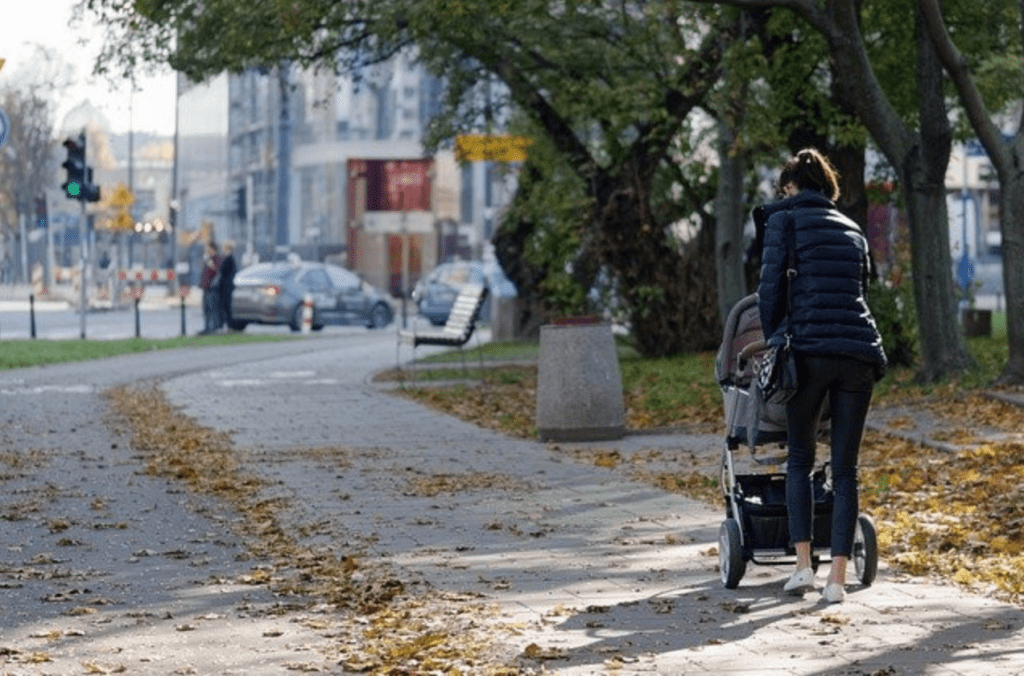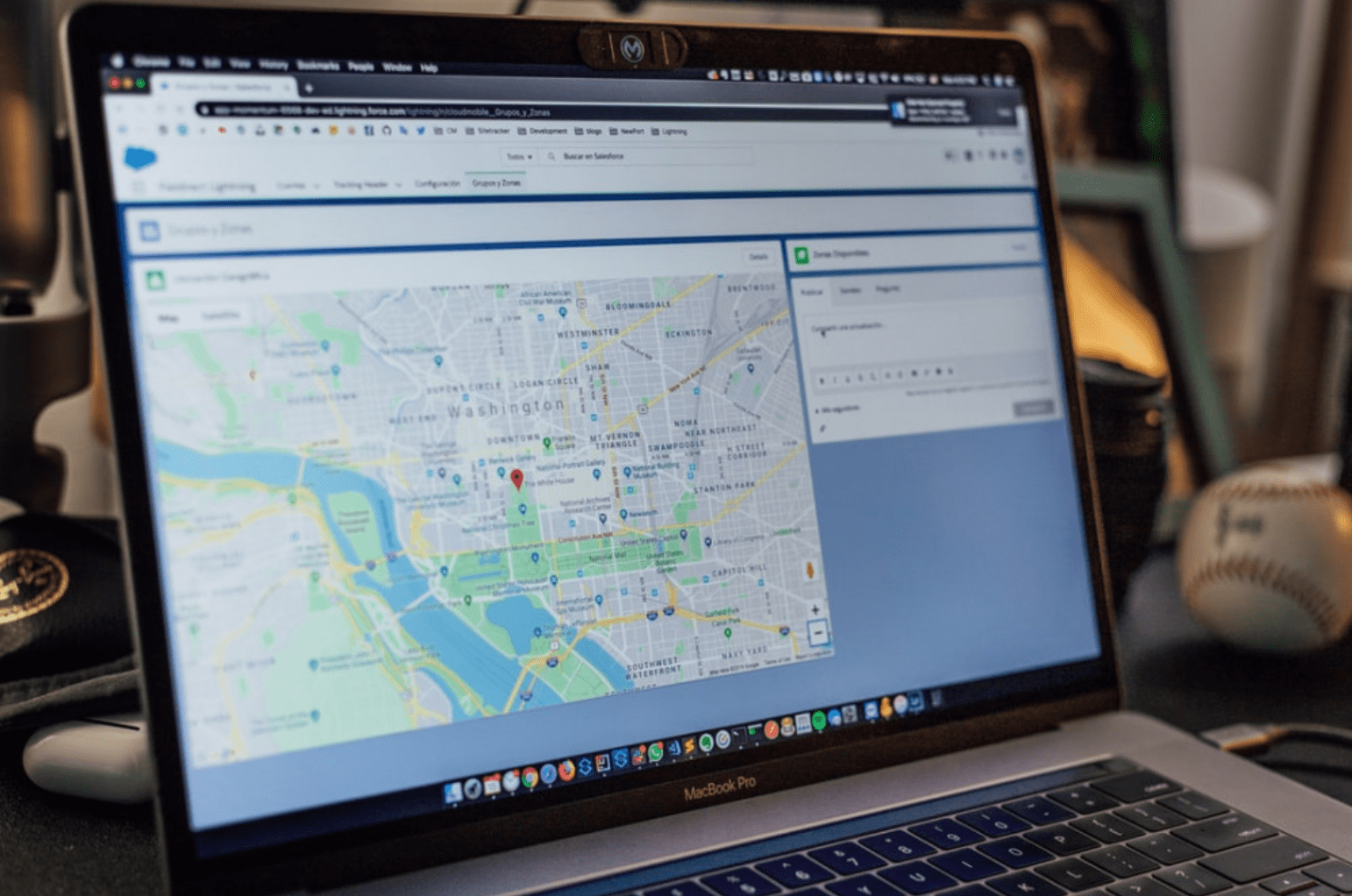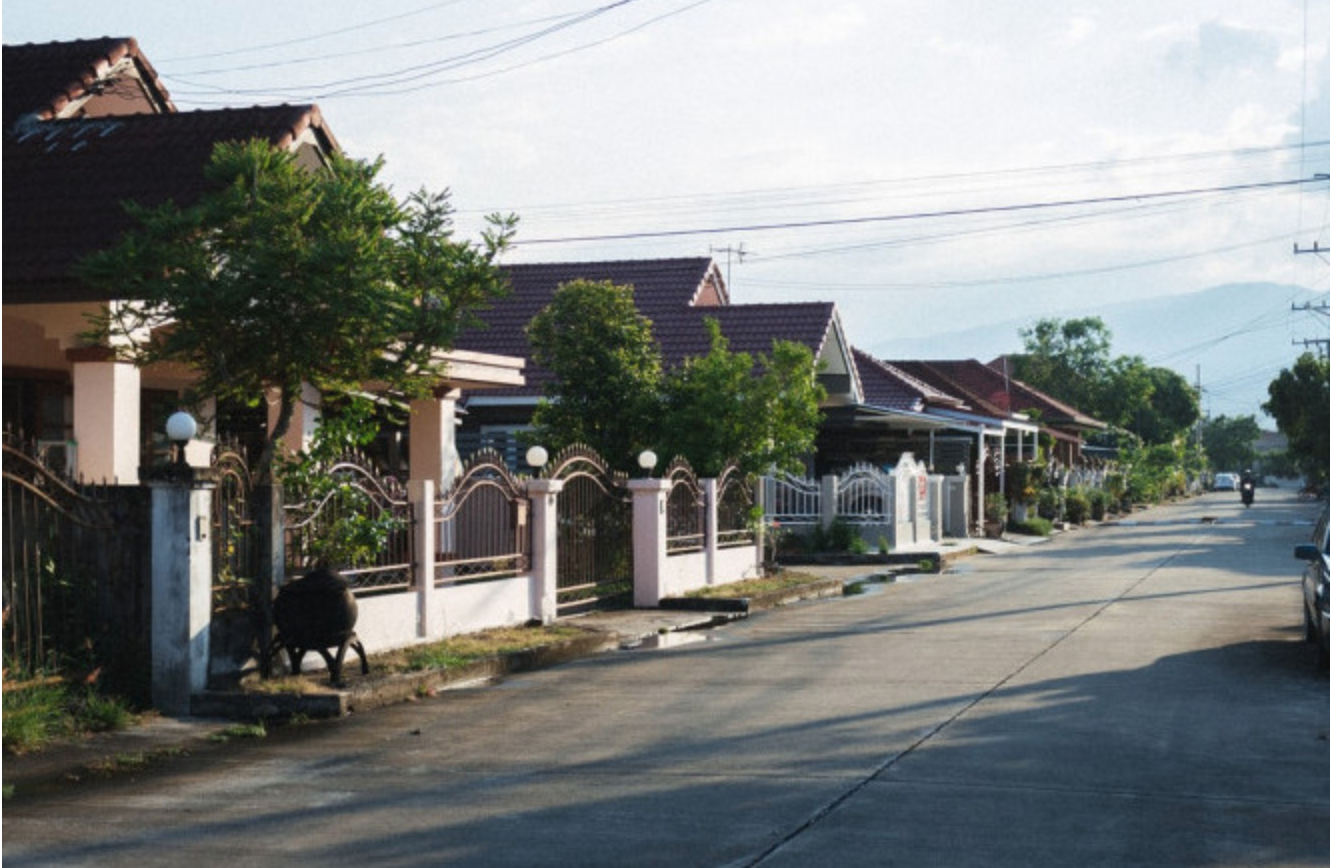Sidewalks are ideal for riding a bike, rollerblading, going for a jog, and, of course, walking. Although many people may not give it much thought, sidewalks are actually a neighborhood amenity that many people don’t get to enjoy.
Believe it or not, sidewalks aren’t available in all neighborhoods. Having moved from urban Los Angeles to suburban Lewes, Delaware, it has been a bit of a shock for us. There are virtually no sidewalks until you get to the shopping centers. Of course, living in Los Angeles, we had to deal with freeways.
Having no sidewalks can clearly put pedestrians in danger. So, why are there still some neighborhoods that don’t have sidewalks?
Sidewalks Are Costly

Some neighborhoods may not have sidewalks simply because making and maintaining them can be expensive.
According to a Federal Highway Administration report, building sidewalks on both sides of the road can cost up to $250,000 per mile.
The construction itself can be pricey, but sidewalks tend to deteriorate over time, requiring additional money to fix and maintain them.
For example, if it snows a lot in the state, someone needs to salt the sidewalks to prevent falls. This is an expensive maintenance activity that has to be done every winter.
Aside from the costs of maintaining a sidewalk, there are also the costs of meeting code requirements. For instance, sidewalks must be at least 5 feet wide, or six feet in width, if at the curb face.
Sidewalks located in areas where there is heavy traffic need to contain reflective paint to help with visibility.
Sidewalks located near an intersection must also include a countdown clock that gives people enough time to cross.
In larger neighborhoods, there is also a need for benches or even trash cans. All of these requirements and extra additions prove to be quite costly.
Most cities and developers just don’t have the funds to add and maintain sidewalks to every neighborhood.
Sidewalks Aren’t Always Necessary in the Suburbs
Over the last several decades, more and more people have moved away from cities and into the suburbs. In the suburbs, people mostly rely on their cars to get around. As a result, you don’t see many people walking around their neighborhoods.
Sidewalks are essential in cities where restaurants, movie theaters, and grocery stores are all close enough to walk to. But in the suburbs, nothing is close by, which means you are likely to drive rather than walk everywhere. Thus, no need for sidewalks.
When suburbs were first being built, developers also wanted to maintain a “high-class” appearance and wanted to discourage people from walking. Thus, they decided to eliminate sidewalks from these neighborhoods.
Other times, residents simply don’t want a sidewalk in their neighborhood either because it means they lose land. Or perhaps because they don’t want people walking directly in front of their homes regularly. A sidewalk is also added work for people as they would have to shovel snow during the winter months or keep it free of leaves during the fall.
Population density is also something else to consider. In neighborhoods where the population isn’t as high, there simply is no need for sidewalks because there aren’t many people living there.
However, in some areas with big blocks, walkability may be an issue.
Sidewalks Can Be a Safety Hazard
As mentioned previously, sidewalks tend to deteriorate over time, causing cracks and holes in them. If they are not fixed immediately, which they rarely are, they could potentially be a safety hazard for people who walk on them, particularly the elderly.
If someone happens to trip over a crack or a pothole in a sidewalk, that fall could be severe and even deadly.
Some experts also believe that sidewalks put children at risk because it encourages them to run out into the street where they could get hit by a passing car. Others, however, argue quite the opposite and believe that sidewalks prevent children from going into the open road.
Should Every Neighborhood Have Sidewalks?
Studies have shown that pedestrian deaths have been up in the tens of thousands over the last several years. According to the Pedestrian and Bicycle Information Center, around 4,500 pedestrians are killed annually by cars in the US. About 8 percent of these deaths were pedestrians walking along the roadway.
These deaths might have been prevented if sidewalks had been available for these pedestrians to walk on.
With more sidewalks in place, pedestrians could be significantly safer. Neighborhoods without sidewalks also tend to single out those less fortunate who may not own cars but rely on sidewalks to walk to and from their destinations.
Sidewalks are also a great way to encourage a healthy lifestyle. They provide access for people to walk on, and the more people exercise, the healthier they become.
Research has proven that a 30-minute walk a day can significantly reduce your risk for obesity. Sidewalks can also help keep your pets healthy as they can come along with you for walks.
Sidewalks are also a great way for people to become closer to their neighbors as they may run into them on a walk and may eventually get to know one another.
All in all, sidewalks have more pros than cons and should be considered in any neighborhood that doesn’t have them already.
Another surprising practice I have seen in Delaware, which is new to me is abandoned cars with shirts in the window.
Video: Dangerous Walks – No Sidewalks in Texas
We moved to Delaware from California and have been surprised about the lack of sidewalks. Delaware is not the only state with this issue. The video below shows a surprised walker who had to be very careful not to get hit by a car somewhere in Texas.
Related Posts:




I live on a loop road. There are 40 houses on a double loop. There are no sidewalks and everybody walks in the street. There is virtually no traffic. You could die of boredom watching out the window to wait for a car to go by. If there is a car on the street, it is probably stopping to talk to a pedestrian. This type of street does not need sidewalks! I think it would be a huge waste of money to build sidewalks on a street with such a small amount of traffic. In the winter, people would probably walk in the street anyway because sidewalks become full of melted snow and ice. Our town has a sidewalk plow, but many cities require the residents to shovel the walks, and they don’t do it. Sidewalks are expensive to build and maintain, and they often develop cracks and uneven surfaces. I am 100% for sidewalks on streets where there could be conflicts between pedestrians and vehicles, but not on extremely low-volume residential streets like mine.
Good points! Thank you for your comment.
We have sidewalks in most neighborhoods here but the joggers and walkers (which we have MANY) choose to walk in the street anyway. the city recently repaired sidewalks on one street in particular where walkers and joggers are numerous and they still walk in the street.
Well Chris,
You might consider that the day is coming very soon, that you will require a wheel chair to be push to the ambulance. The side walk it will really help you! It will Also Help Every Human That Lives in A “House That Have A Front” All Houses Have One… Your Taxes Pay For The Side Sidewalk….You Will pay Out of Puckett For The Ambulance… Big Difference.
Is Too Expensive You Said?…
Really? For Who? For You?
For Local Government? If you Paid Taxes, Are Gone, You contributed. If You Didn’t Pay Taxes Your Words Have No Weight.
Weak Up! Do it For The Wheel Chair…. You will remember me when sitting on and the wind on your hair rolling down the road.
Greetings Dear!